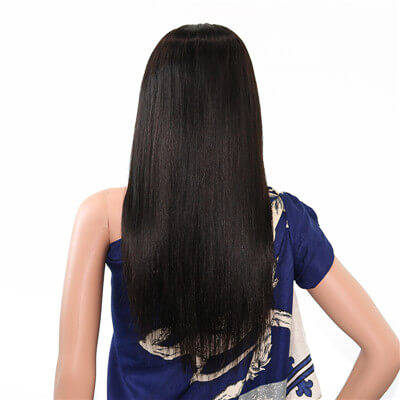Wigs used as an artificial substitute for hair first appeared way back in ancient history.
Early man sought to resemble strong and ferocious animals, so they decorated their heads with wreaths of grass and leaves as well as animal hair and bird feathers. In fact, these were the first wigs.
In Ancient Egypt, before a child would reach maturity, they would cut off all of their hair and offer it as a sacrifice to the gods.
Nobles wore several wigs at once creating a layer of air between them and preventing them from getting sunstroke. The hairstyles of the Egyptian wigs were metrical in their form and usually round. The visible parts of the most valuable Egyptian wigs were made from real human hair. In order to make it more luscious and full, they wrapped it with brown-red fibers of Phoenix palms.

In the middle of the third millennium B.C., Egyptian fashion for artificial hair spread to the Far East and the Mediterranean.
Persian kings wore wigs of quality equivalent to the likes of Egyptian farrows. Out of Persia, a new fashion spread into Ancient Greece. Wigs were used most for plays and theatrical performances. Oddly enough, bright artificial hair was worn only by prostitutes, while dark hair was considered a sign of honesty and thriftiness.

Louis XIV was the first man to start wearing artificial hair after the church banned it. After that, with a special decree, he ordered everyone else in his court to wear them as well.
They fulfilled the order, making the age of Louis XIV the era of the wigs. Naturally, the entourage of kings wore wigs known by the names of “lap dog” and “poodle” that were smaller than Louis’ wigs. Before the sun king, more than 45 different kinds of wigs existed.


